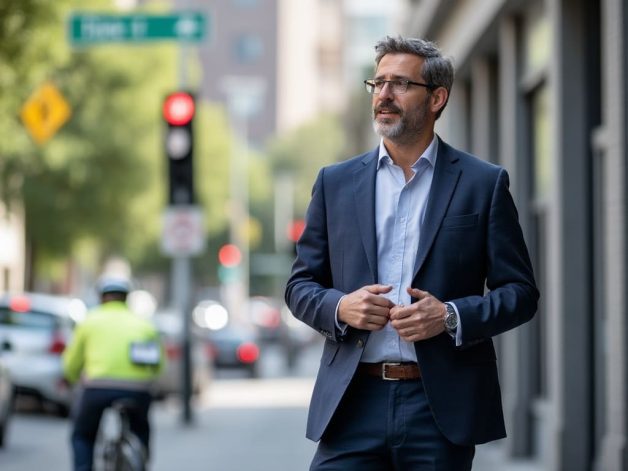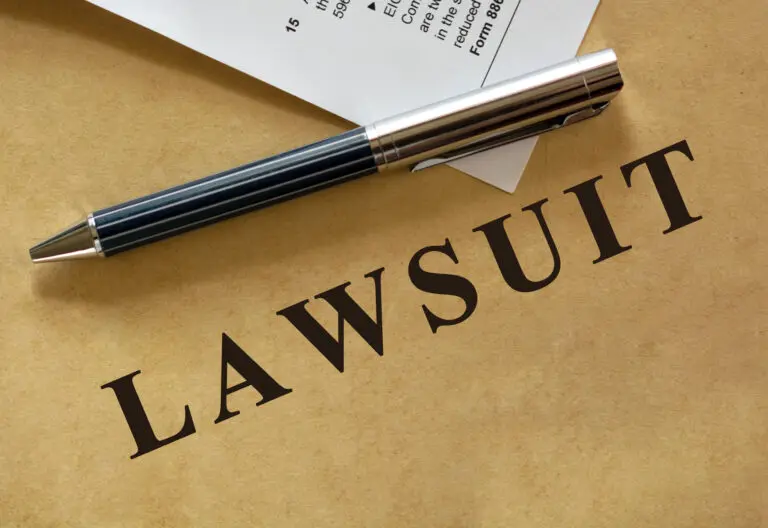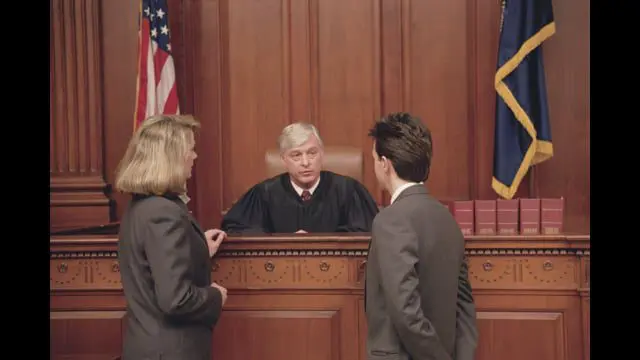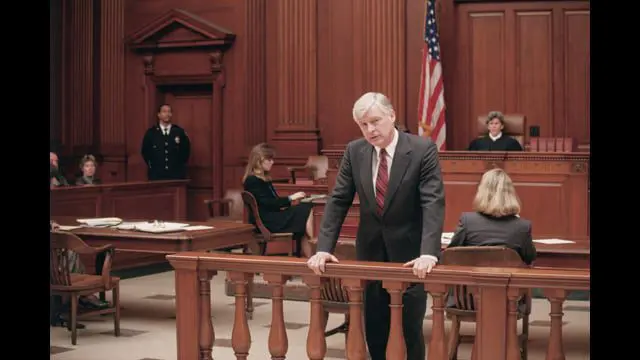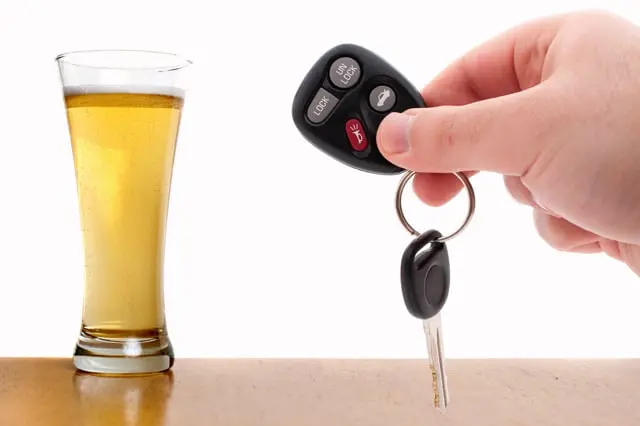As the number of cyclists on the road continues to grow, so does the importance of understanding the legal responsibilities of motorists towards bicyclists. Motor vehicle drivers share the road with cyclists, who are more vulnerable to injuries in collisions. In the event of a bicycle accident, knowing the rules of the road and the legal obligations of motorists can help prevent serious injuries or fatalities. Bicycle accident lawyers emphasize that these legal responsibilities are crucial for ensuring the safety of both cyclists and drivers. Understanding these responsibilities also helps drivers avoid liability in the case of an accident.
This article explores the legal duties that drivers must observe when interacting with cyclists, common causes of bicycle accidents, and the legal ramifications for motorists who fail to meet their obligations. With insights from a bicycle accident lawyer, we will delve into topics such as driver negligence, road-sharing laws, and the rights of cyclists under traffic laws.
Legal Duty of Care: Motorists Must Exercise Caution Around Cyclists
The primary legal responsibility of motorists towards bicyclists is the duty of care. This legal concept requires all drivers to operate their vehicles safely and responsibly, taking precautions to avoid causing harm to others on the road. This duty of care extends not only to other motorists but also to pedestrians y cyclists.
Cyclists are considered legal users of the road and have the right to ride on most public roadways, except where specifically prohibited. The duty of care obligates drivers to respect this right and to exercise caution, particularly because bicycles offer far less protection than cars or trucks, leaving cyclists vulnerable to serious injury in the event of a collision.
A failure to uphold the duty of care may result in a finding of negligencia. In legal terms, negligence occurs when a motorist breaches their duty to exercise reasonable care, and that breach directly results in harm to another person—in this case, a cyclist. Bicycle accident lawyers frequently represent injured cyclists in negligence claims, seeking compensation for medical bills, lost wages, pain and suffering, and other damages. Common examples of negligence that can lead to a bicycle accident include:
- Distracted driving: When motorists fail to pay attention to the road because they are texting, talking on the phone, or engaging in other distractions, they increase the risk of hitting a cyclist.
- Failure to yield: Many accidents occur when drivers fail to yield the right of way to cyclists at intersections or while making turns.
- Speeding: Excessive speed reduces a driver’s reaction time and increases the severity of accidents.
- Aggressive driving: Some drivers engage in reckless behavior such as tailgating or honking aggressively at cyclists, which can cause accidents.
Following Traffic Laws That Protect Cyclists
Motorists are legally required to follow all normas de tráfico, and this includes specific rules that apply when sharing the road with cyclists. One of the most important of these rules is the concept of safe passing distance. Many states have enacted laws that require motorists to leave a minimum distance—typically three feet—between their vehicle and a bicycle when overtaking the cyclist. Failure to observe this safe passing distance can result in a fine or, in the event of a crash, serve as evidence of negligence in a personal injury lawsuit.
In addition to safe passing laws, motorists must also respect designated bike lanes. In cities where bike lanes are present, these lanes are reserved exclusively for cyclists. Motorists are prohibited from driving in bike lanes, except in limited situations, such as when making a turn or parking in certain areas. Even then, drivers are expected to yield the right of way to any cyclists occupying the lane.
Other key traffic laws designed to protect cyclists include:
- Yielding to cyclists at intersections: Motorists must yield to cyclists just as they would to other vehicles. This is particularly important when making right turns, where the potential for right-hook accidents (where a vehicle turns right into the path of a cyclist) is high.
- No-horn zones: In some jurisdictions, using a vehicle’s horn unnecessarily around cyclists is prohibited. Honking can startle a cyclist and lead to accidents.
- Adherence to stop signs and red lights: Cyclists are required to follow traffic signals, and motorists must treat them as they would any other vehicle on the road. Failing to stop at a red light or stop sign when a cyclist is present can result in severe consequences.
Bicycle accident lawyers often argue that when motorists violate these traffic laws and cause injury to a cyclist, they should be held legally accountable for any resulting harm. Proper enforcement of these laws can go a long way in protecting cyclists from injury.
Motorist Liability in Bicycle Accidents
When a cyclist is injured in a collision with a motor vehicle, one of the first questions that arises is who is legally responsible for the accident. Motorist liability in bicycle accidents depends on several factors, including the behavior of both the driver and the cyclist leading up to the collision.
In many cases, the motorist is held liable for the accident, particularly when it is shown that the driver failed to observe the rules of the road or acted negligently. For example, if a motorist runs a red light and strikes a cyclist, the driver will likely be found liable for the injuries and damages caused by the crash. Similarly, a driver who fails to leave enough space while passing a cyclist or who turns without checking their blind spot may be found responsible for the collision.
However, liability is not always straightforward. In some cases, both the motorist and the cyclist may share responsibility for the accident. This is known as negligencia comparativa. For instance, if a cyclist fails to use hand signals to indicate a turn and a driver hits them, both parties may be partially at fault. In jurisdictions that follow comparative negligence rules, the injured cyclist’s compensation may be reduced by their percentage of fault. For example, if the cyclist is found to be 20% at fault for the accident, their compensation will be reduced by that amount.
Because determining liability can be complex, injured cyclists are advised to seek legal representation from a bicycle accident lawyer who can investigate the accident, gather evidence, and build a strong case for compensation.
Insurance and Compensation for Injured Cyclists
When a motorist is found liable for causing a bicycle accident, the injured cyclist may be entitled to compensación for their injuries and losses. Compensation can come from the driver’s auto insurance policy, specifically through bodily injury liability coverage, which is designed to cover the medical expenses, lost wages, and pain and suffering of the injured party. In cases of serious injury, this compensation can include long-term medical care, rehabilitation, and lost earning potential.
Cyclists injured in an accident should ensure they receive proper medical treatment immediately, even if their injuries seem minor at first. Some injuries, such as traumatic brain injuries or internal injuries, may not become apparent until later, making early medical documentation crucial for any potential legal claims. Once medical care is in place, an experienced attorney can help the injured cyclist file a claim with the motorist’s insurance company to seek compensation.
In addition to gastos médicos, cyclists may also be able to recover damages for:
- Dolor y sufrimiento: Compensation for the physical and emotional pain caused by the accident.
- Lost wages: If the injuries result in time off work or a reduced ability to earn income, the cyclist can recover lost wages.
- Property damage: Bicycles and other personal property damaged in the accident can also be included in a claim.
Bicycle accident lawyers also stress the importance of being aware of the prescripción for filing a claim. In most states, there is a specific time period during which an injured cyclist can file a lawsuit to recover damages. If this deadline is missed, the injured party may lose their right to compensation altogether.
The Role of Negligence and Motorist Behavior in Bicycle Accidents
Comprender negligencia is crucial to determining legal responsibility in bicycle accidents. Negligence occurs when a motorist fails to exercise reasonable care, leading to injury or harm to another party. In the context of bicycle accidents, negligence often involves:
- Failure to yield the right of way: This occurs when a motorist does not yield to a cyclist, especially at intersections or during turns. Many accidents happen when drivers fail to notice or give cyclists the same right of way as other vehicles.
- Dooring accidents: A dooring accident occurs when a driver or passenger opens a car door into the path of an oncoming cyclist. These accidents are common in urban areas where cars are parked along the street, and they can result in serious injuries to cyclists.
- Driving too closely: When motorists fail to give cyclists enough space on the road, they increase the risk of sideswiping or running the cyclist off the road. This behavior is especially dangerous in areas without dedicated bike lanes.
Bicycle accident lawyers work with injured cyclists to prove that a motorist’s negligence led to the accident. This may involve reviewing traffic camera footage, witness statements, and accident reports to build a strong case for compensation.
Legal Rights and Protections for Cyclists
Cyclists have legal rights on the road that must be respected by motorists. These rights are protected under normas de tráfico, which classify bicycles as vehicles in most jurisdictions. This means that cyclists have the same right to use the road as drivers, and motorists must treat them accordingly.
In addition to the right to share the road, cyclists also have the right to:
- Ride in bike lanes where available. Motorists are prohibited from blocking or driving in bike lanes, except when turning or parking.
- Use the full lane: In certain circumstances, cyclists are allowed to use the full lane of traffic, particularly when the lane is too narrow to share with a motor vehicle.
- Make turns and pass vehicles: Just like motorists, cyclists are allowed to make left and right turns, and they can pass slower vehicles when safe.
When these rights are violated and a cyclist is injured, legal action may be necessary to hold the at-fault driver accountable. Bicycle accident lawyers can help cyclists enforce their legal rights and pursue claims for damages.
Preventing Bicycle Accidents: Tips for Motorists
While legal action can help injured cyclists recover compensation, preventing accidents in the first place is always the goal. Motorists can take several steps to reduce the risk of bicycle accidents, including:
- Always check mirrors and blind spots before changing lanes or turning, especially in areas with heavy bicycle traffic.
- Slow down in residential neighborhoods and near schools where cyclists are more likely to be present.
- Use caution at intersections: Cyclists may be harder to see than cars, so taking an extra moment to look for bicycles before proceeding can prevent collisions.
Motorists who understand and respect their legal responsibilities toward bicyclists can help make the roads safer for everyone. By following traffic laws and exercising caution, drivers can avoid accidents and the potential legal consequences of negligence.
Conclusion: The Legal Responsibilities of Motorists Towards Bicyclists
Comprender la legal responsibilities of motorists towards bicyclists is critical for ensuring road safety and preventing accidents. When drivers fail to uphold these responsibilities, they put cyclists at risk of serious injury or death. Bicycle accident lawyers emphasize the importance of respecting cyclists’ rights, following traffic laws, and maintaining a duty of care when sharing the road.
If a motorist causes a bicycle accident through negligence, they may be held liable for the cyclist’s injuries and damages. Injured cyclists should seek legal advice from a qualified attorney to pursue compensation for their medical bills, lost wages, and pain and suffering. By understanding the legal framework that governs motorist-cyclist interactions, drivers can help prevent accidents and protect themselves from liability.

